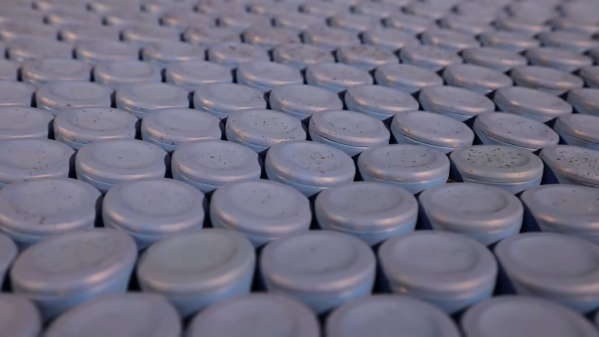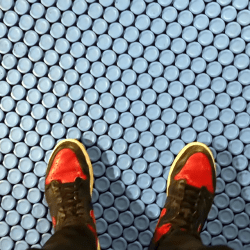[saurabhchalke] recently released whisper.unity, a Unity package that implements whisper locally on the Meta Quest 3 VR headset, bringing nearly real-time transcription of natural speech to the device in an easy-to-use way.
Whisper is a robust and free open source neural network capable of quickly recognizing and transcribing multilingual natural speech with nearly-human level accuracy, and this package implements it entirely on-device, meaning it runs locally and doesn’t interact with any remote service.

It used to be that voice input for projects was a tricky business with iffy results and a strong reliance on speaker training and wake-words, but that’s no longer the case. Reliable and nearly real-time speech recognition is something that’s easily within the average hacker’s reach nowadays.
We covered Whisper getting a plain C/C++ implementation which opened the door to running on a variety of platforms and devices. [Macoron] turned whisper.cpp into a Unity binding which served as inspiration for this project, in which [saurabhchalke] turned it into a Quest 3 package. So if you are doing any VR projects in Unity and want reliable speech input with a side order of easy translation, it’s never been simpler.

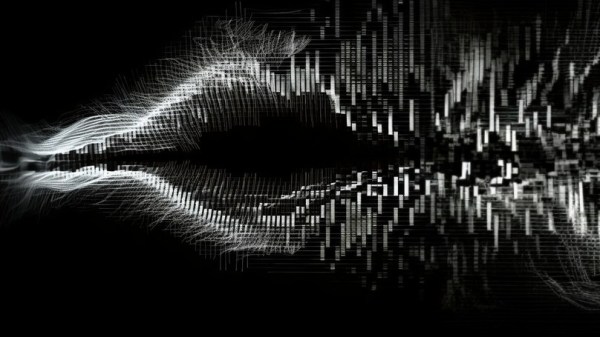

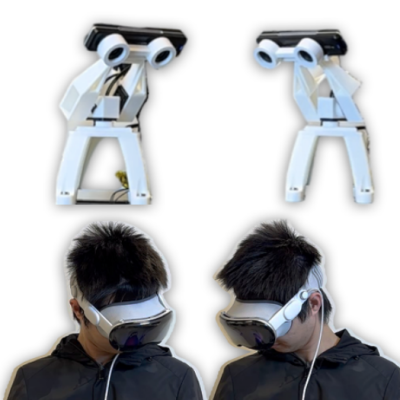


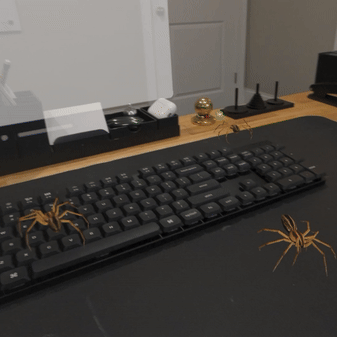
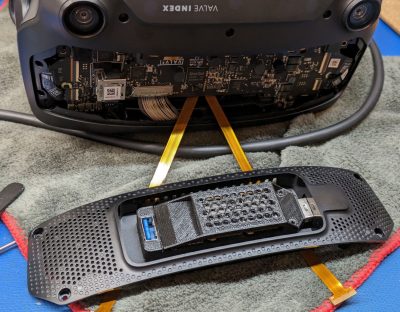

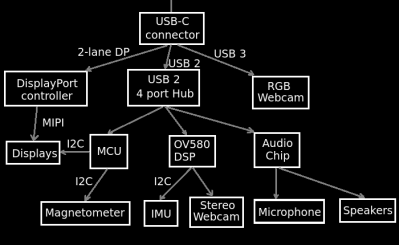 Have you ever wanted to learn how AR glasses and similar devices work, what’s their internal structure, which ones are designed well and which ones maybe not so much? These two posts have concise explanations, more than plenty of diagrams, six case studies of different pairs of AR glasses on the market, each pair demonstrated by our hacker’s canine assistant.
Have you ever wanted to learn how AR glasses and similar devices work, what’s their internal structure, which ones are designed well and which ones maybe not so much? These two posts have concise explanations, more than plenty of diagrams, six case studies of different pairs of AR glasses on the market, each pair demonstrated by our hacker’s canine assistant.